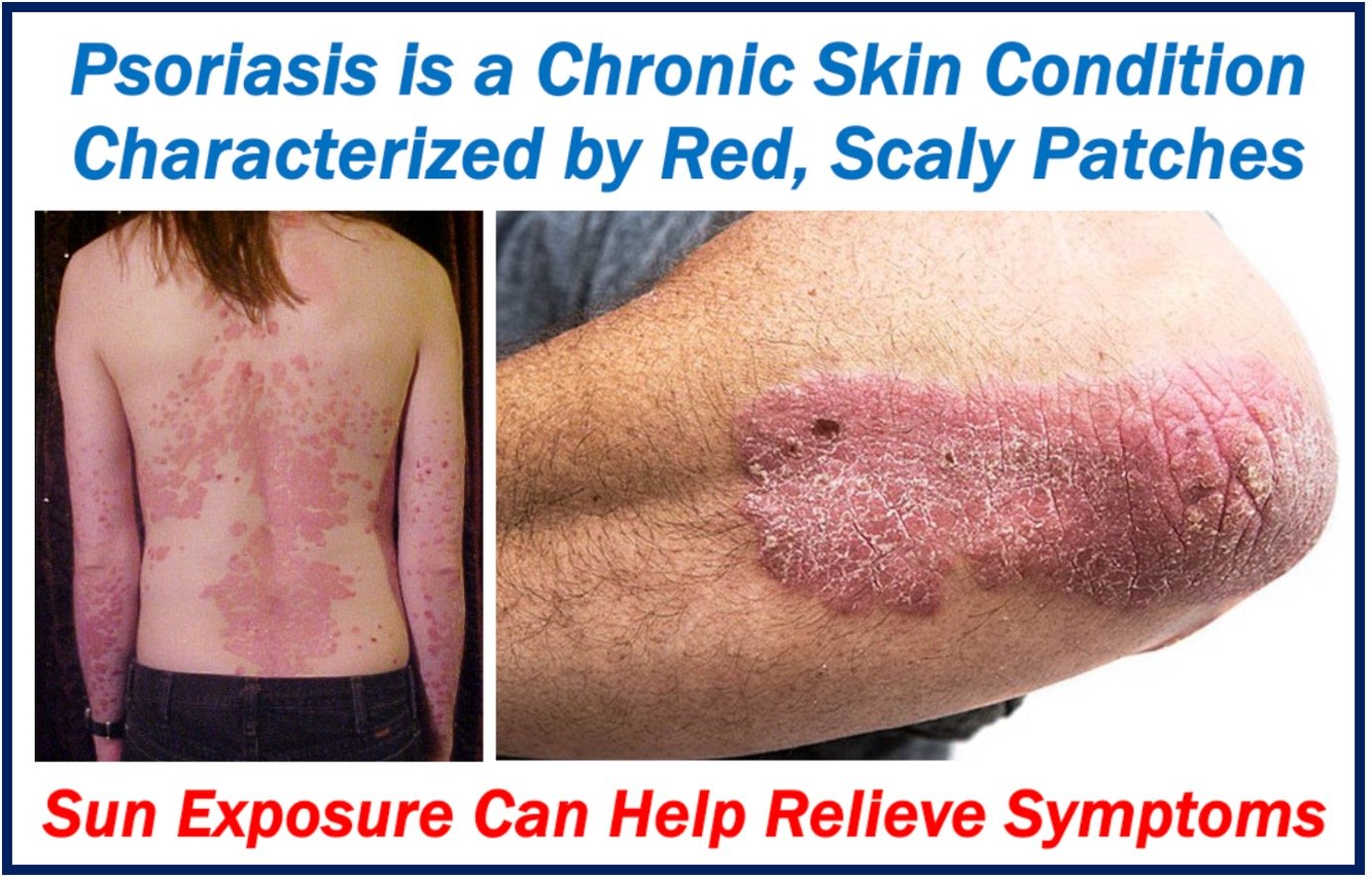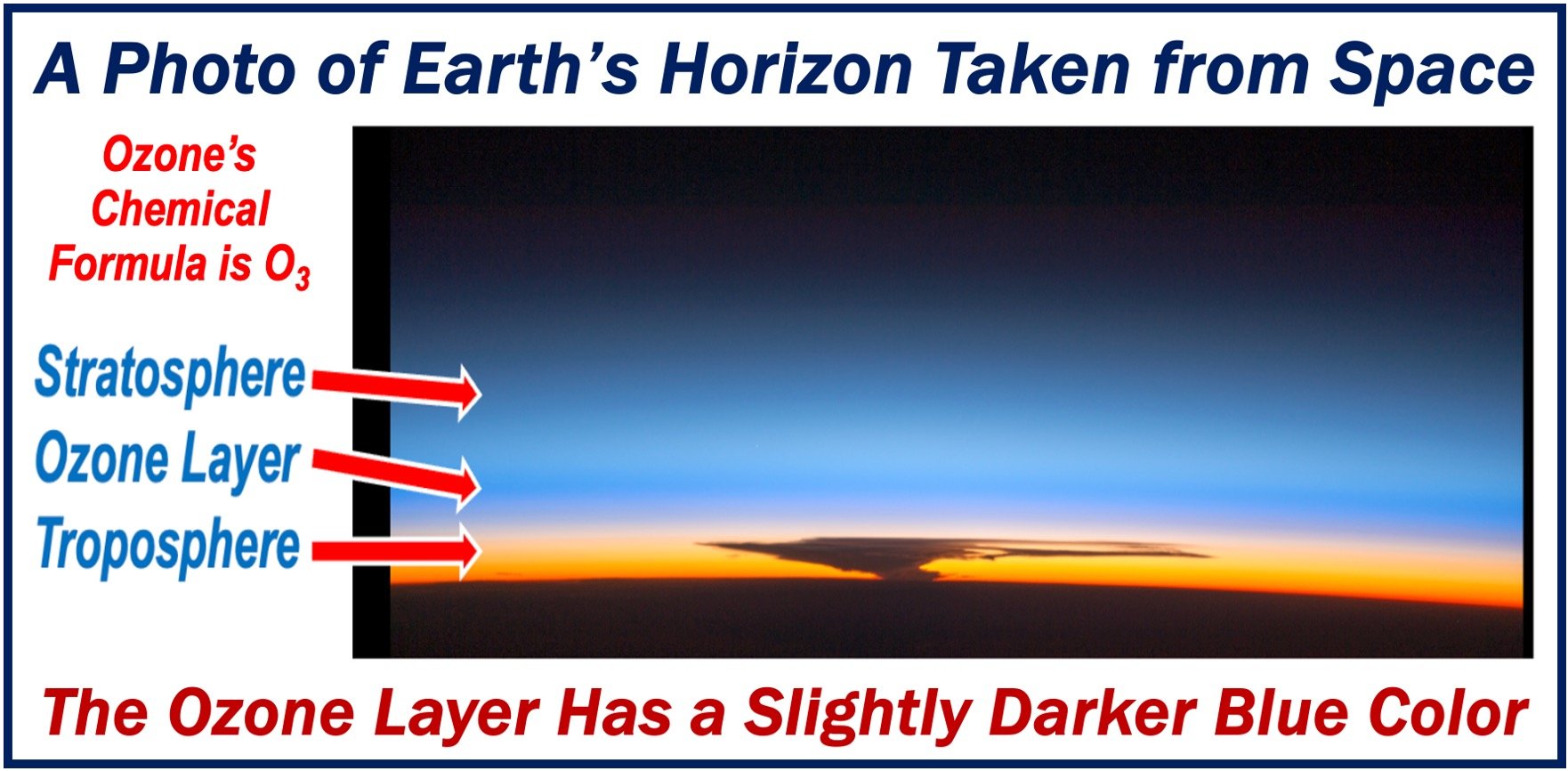Ultraviolet Radiation or UV Radiation comes from the sun in sunlight. About ten percent of the total light output of the sun consists of ultraviolet radiation. Tanning beds and lamps also emit ultraviolet radiation. Exposure to UV radiation can cause our skin to tan and even burn.
We also use the terms UV rays, ultraviolet rays, UV light, and ultraviolet light when talking about ultraviolet radiation.
Ultraviolet radiation exposure can also cause eye cataracts, premature aging of the skin, and skin cancer.
Health associations across the world warn that people who get a lot of UV exposure have a greater risk of developing skin cancer.
The American Cancer Society says the following regarding UV radiation:
“Exposure to ultraviolet (UV) radiation is a major risk factor for most skin cancers. Sunlight is the main source of UV rays. Tanning lamps and beds are also sources of UV rays.”
“People who get a lot of UV exposure from these sources are at greater risk for skin cancer.”
Therapeutic Qualities

Some people benefit from UV radiation therapy. We use UV radiation to treat certain skin conditions such as vitiligo, psoriasis, and skin tumors of cutaneous T-cell lymphoma.
Ultraviolet radiation is invisible
Ultraviolet radiation reaches the Earth’s surface in wavelengths between 290 nanometers (nm) and 400 nm. Visible light is between 400 nm and 700 nm. One nanometer is one billionth of a meter.
Even though we cannot see UV radiation, our skin responds to it. Human skin gets darker when exposed.

The darkening of the skin is our body’s attempt to prevent UV radiation from getting deeper into our bodies.
The darker a person’s skin is, the more UV radiation it will absorb. Therefore, less ultraviolet radiation reaches deeper into our bodies.
The body must prevent UV light from reaching deeper tissues. It is important because UV radiation can cause our normal cells to become cancerous.
UV rays damage the cells of our skin. Skin cancer begins when this damaging effect disrupts the DNA of genes. Specifically, the DNA of genes that control skin cell growth.
Three types of UV rays
Within the ultraviolet radiation spectrum, we have classified the UV rays into three types:
-
UVA Rays
These rays can damage the skins’ DNA and also cause skin aging. They play a role in some skin cancers. The American Cancer Society says that most tanning beds give off large quantities of UVA.
-
UVB Rays
UVB rays have marginally more energy than UVA rays. They are the main cause of sunburn. Scientists believe they also cause most skin cancers.
-
UVC Rays
UVC rays have the most energy. However, they do not get through our atmosphere. We do not associate them with skin cancer risk.
Ultraviolet radiation – sunscreens
Sunscreens or sunblock reduce the damage that ultraviolet radiation causes. They contain special substances that absorb much of the radiation, preventing it from reaching our skin.
Some of the substances also reflect radiation. In other words, they make the radiation bounce off, which also means it does not reach our skin.
-
Sunscreen factors
Sunscreen manufacturers sell products with high and low sun protection factors. High-factor sunscreens allow you to stay out in the sun for longer than low-factor ones.
So, how long can I stay out in the sun if I use a sunscreen? Manufacturers say that you must multiply the number of minutes of normal exposure to sunlight by the factor number.
For example, if you get sunburned after 15 minutes in the sun, it will take you 75 minutes with a Factor 5 sunscreen. 15 x 5 = 75.
Ozone layer
The ozone layer or ozone shield is a region high up in the Earth’s atmosphere. The ozone layer absorbs most of the ultraviolet radiation that comes from the sun. In other words, it protects us.
The ozone layer contains high concentrations of ozone or O3.
Some chemicals, such a CFCs (chlorofluorocarbons) and bromofluorocarbons can deplete the ozone layer, i.e., shrink it. Humans have been using CFCs in various applications since the 1930s.
We have used CFCs in, for example, refrigerators, air conditioning units, insulating materials, aerosol cans, and propellants.

Recently, thanks to international cooperation, the usage of substances that deplete the ozone layer has declined. Subsequently, the ozone layer stopped shrinking.
However, it has suddenly started shrinking again. Scientists are not sure why.
The term ‘ozone hole’ refers to the excessive thinning of the ozone layer.
Video – What is Ultra-Violet Radiation?
This video, from our sister YouTube Channel – Marketing Business Network – explains what “Ultra-Violet Radiation” is using easy-to-understand language and examples:
